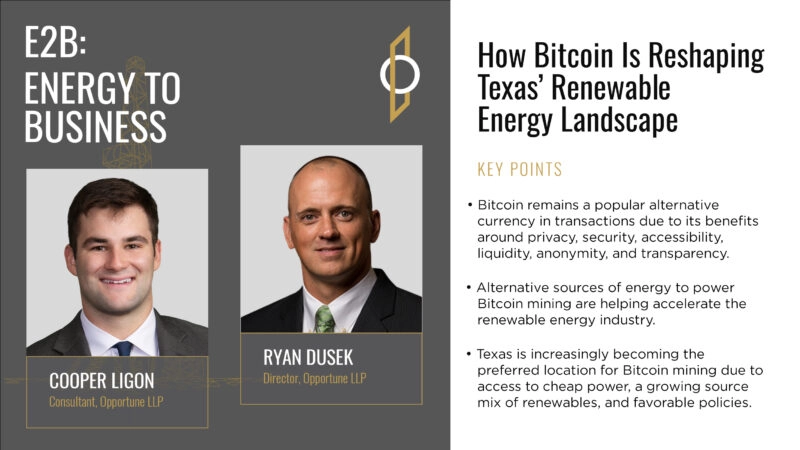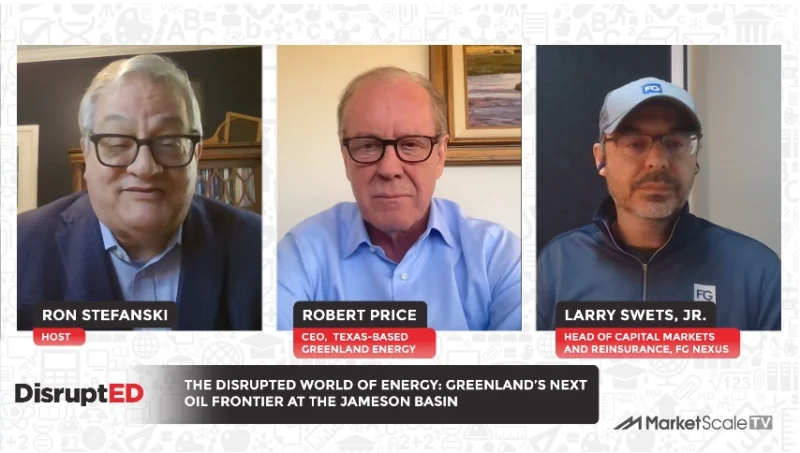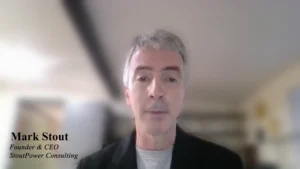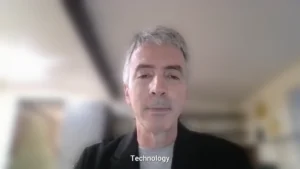How Bitcoin Is Reshaping Texas’ Renewable Energy Landscape

Despite a recent cryptocurrency crash, the dedicated base of people who are proponents of Bitcoin and its future are rallying around the asset. In the latest episode of E2B: Energy to Business, host Daniel J. Litwin caught up with Ryan Dusek, Director in Opportune LLP’s Commodity Risk Advisory Group, and Cooper Ligon, Consultant in the firm’s Process & Technology practice, to discuss why Bitcoin is so popular and how its increasing demand is driving an increase in renewable energy.
As Ligon describes it, Bitcoin is a “decentralized peer-to-peer version of electronic cash that allows online payments to be sent directly from one party to another without going to a financial institution.”
The allure of acquiring Bitcoin is that it’s a valuable currency that doesn’t require the usual processes of normal banking exchanges. In contrast to the dollar, Bitcoin owners don’t have the same worries in terms of loss of value.
READ MORE: Why Renewable Energy Can’t Survive Without Bitcoin
“Bitcoin supply is also pre-programmed, so there will never be more than 21 million Bitcoin in circulation,” Ligon says. “Unlike the dollar that we’ve seen, when there’s inflation, they [the Federal Reserve] can just print however much they want,” said Ligon.
He elaborates, “There’s a predetermined trajectory that contains the supply of Bitcoin. So, theoretically, some guy can’t mine it all at once and therefore make it worthless.”
Ligon further explains that privacy and the ability to make digital transactions without a third-party have been another big driver in the rise and interest in Bitcoin.
For him, Dusek says the real value of Bitcoin lies in the blockchain, a distributed database or ledger shared among the nodes of a computer network. As a database, a blockchain stores information electronically in a digital format, all the while maintaining a secure and decentralized record of transactions. The innovation of a blockchain is that it guarantees the fidelity and security of a record of data and generates trust without the need for a trusted third-party.
Going forward, however, Dusek notes that Bitcoin could be a viable hedge against inflation. Given the recent times, Dusek stands corrected and states that he predicted it being a solution to combating inflation much earlier.
“I don’t know anything else that has a fixed supply, so you know long-term, this is going to be the bet against inflation,” Dusek says. “Honestly, I thought it would happen a lot sooner. Bitcoin looks like it’s still being treated like a tech stock or financial asset, but I feel like there’s going to be a decoupling sooner rather than later.”
By nature, however, Bitcoin is inherently very energy-intensive and relies on cheap energy to turn a profit. Regarding renewable energy, Bitcoin mining demand is causing miners to look for cheaper sources of energy to power their complex supercomputers and servers. That in turn is fueling greener energy as “roughly 58.4% of Bitcoin mining is powered by renewable energy,” states Ligon citing the Bitcoin Mining Council’s 2022 report.
Ligon also adds that miners are very “willing to go anywhere for cheap energy.”
READ MORE: Cryptocurrency In Texas: Why Bitcoin Mining Is Taking Off In The Lone Star State
One of those areas is Texas, which is seemingly the preferred destination for Bitcoin mining due to the state’s energy infrastructure that allows for access to cheap power from its deregulated power market, its growing source mix of renewables (particularly wind energy), and its supportive policy and backing by policymakers.
Dusek says initially one of the biggest draws to the state was hydraulic fracking in shale basins like the prolific Permian Basin and the availability of cheap, excess natural gas. The shale boom attracted more miners to the region who wanted to take advantage of low-cost, abundant natural gas. As a result, many Bitcoin mining companies began popping up in Texas. As long as the state fosters an environment that encourages more oil and gas production alongside renewable energy innovations, Texas will continue to be the ideal location for Bitcoin mining operations.
“There are a lot of issues with trying to be 100% renewable because of that intermittent energy flow,” Dusek says. “So at some point, the Bitcoin miners would like to do that, but right now, I think everyone’s going to be tied to fossil fuels until at least until we have some breakthrough in technology like batteries that are scalable and can act like they’re a utility to an extent.”








